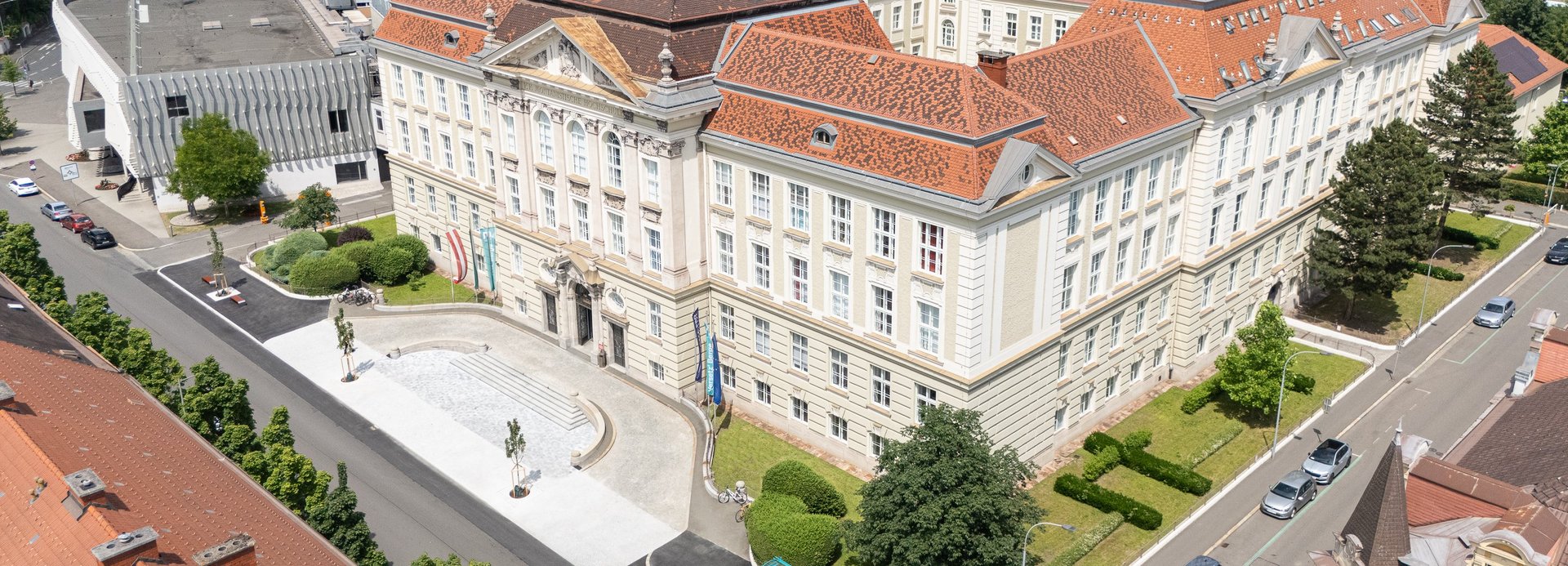For this study a novel ordered mesoporous carbon was synthesized and used as electrode material for in situ small-angle X-ray scattering (SAXS) and in situ electrochemical dilatometry experiments in supercapacitor cells. Conclusively, the influence of details in the pore size distribution on the expansion behavior of the carbon electrode during charging and discharging, could be shown.
All in situ SAXS measurements were carried out at the Austrian SAXS beamline at the Synchrotron radiation facility Elettra in Trieste, Italy.
This work was published together with our collaborators from the Paris Lodron University Salzburg, the Graz University of Technology and the Leibniz Institute for New Materials in ACS Applied Materials & Interfaces under the title “In situ Measurement of Electrosorption-induced Deformation Reveal the Importance of Micropores in Hierarchical Carbons”.
Link the publication: http://pubs.acs.org/doi/abs/10.1021/acsami.7b07058
Abstract:
Dimensional changes in carbon-based supercapacitor electrodes were investigated using a combination of electrochemical dilatometry and in situ small-angle X-ray scattering. A novel hierarchical carbon material with ordered mesoporosity was synthesized, providing the unique possibility to track electrode expansion and shrinkage on the nanometer scale and the macroscopic scale simultaneously. Two carbons with similar mesopore structure but different amounts of micropores were investigated, employing two different aqueous electrolytes. The strain of the electrodes was always positive, but asymmetric with respect to positive and negative applied voltages. The asymmetry strongly increased with increasing microporosity, giving hints to the possible physical origin of electrosorption induced pore swelling.
